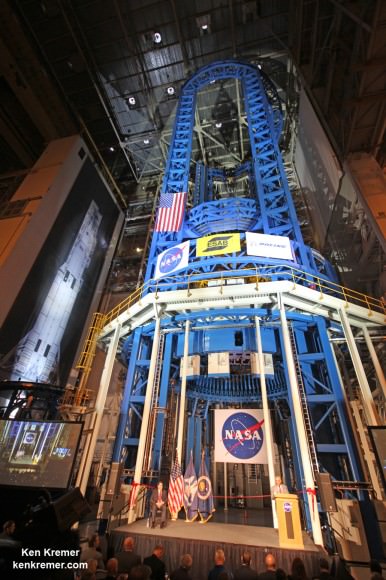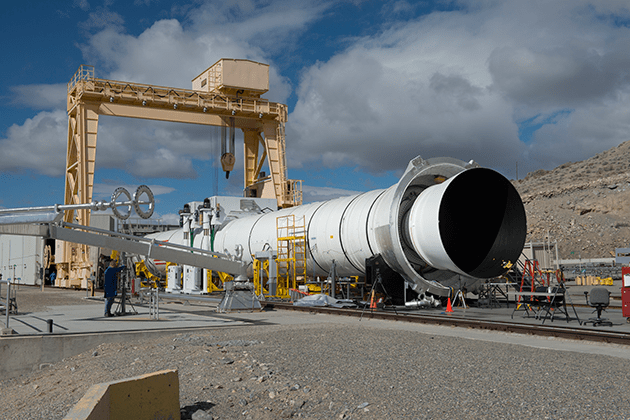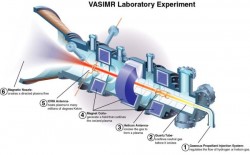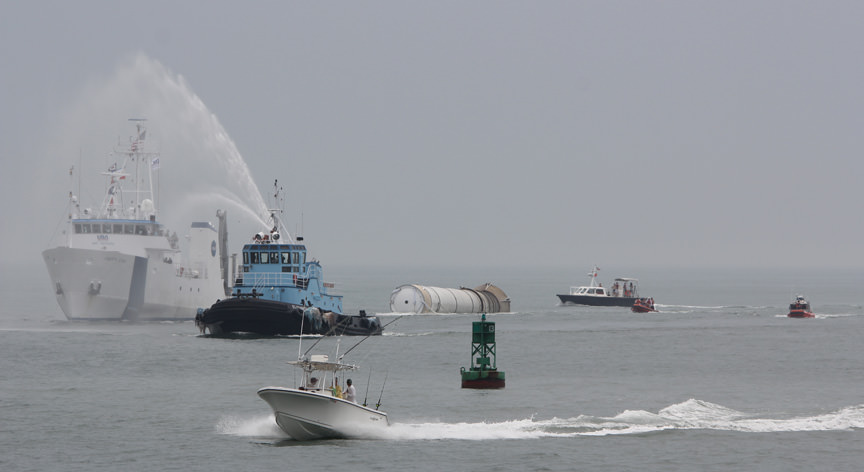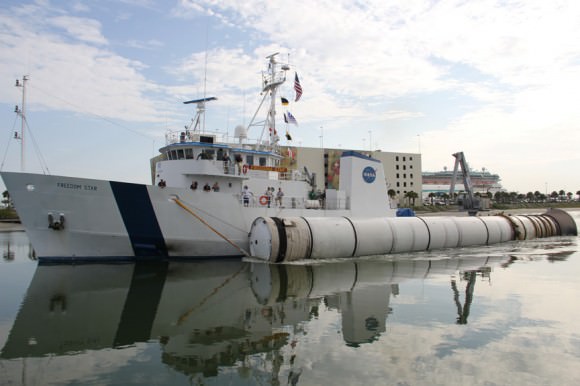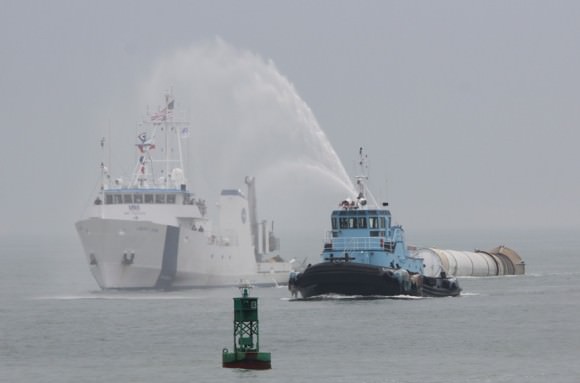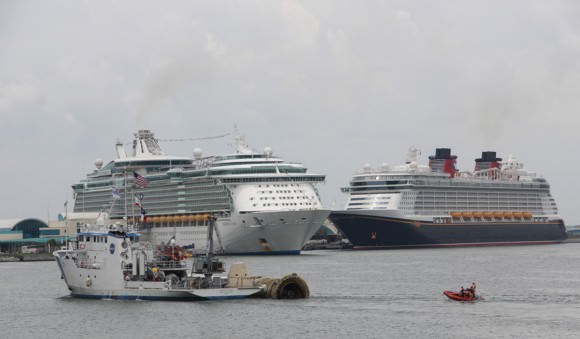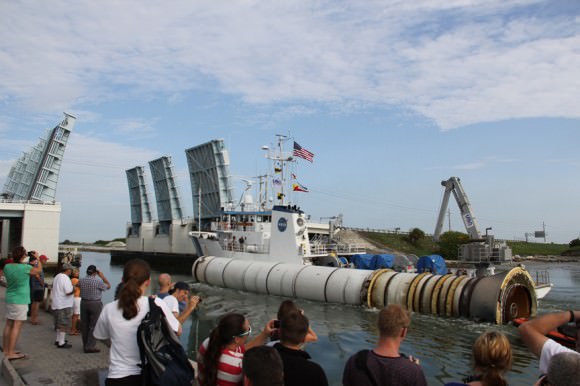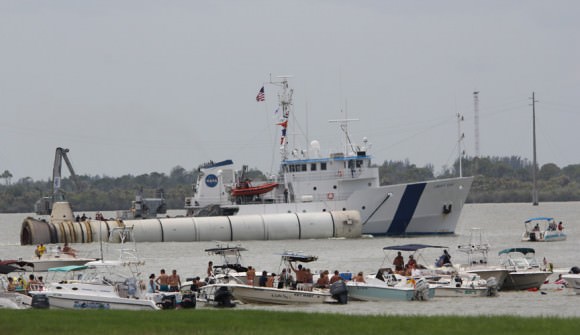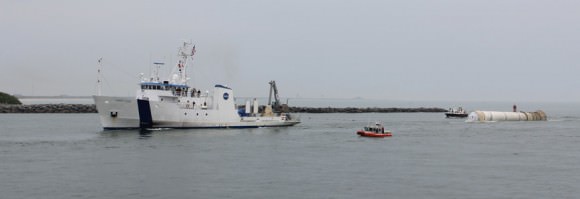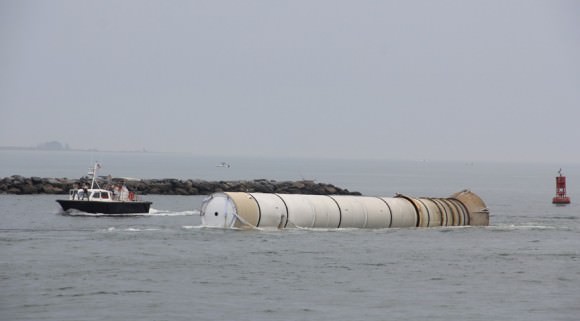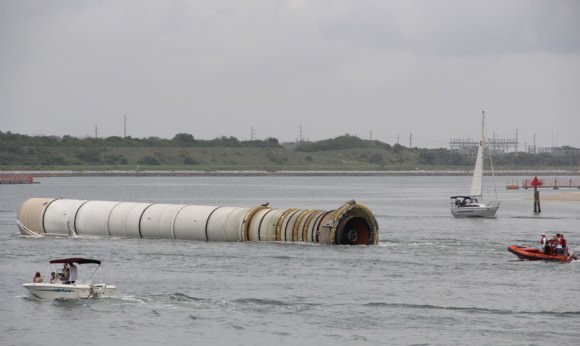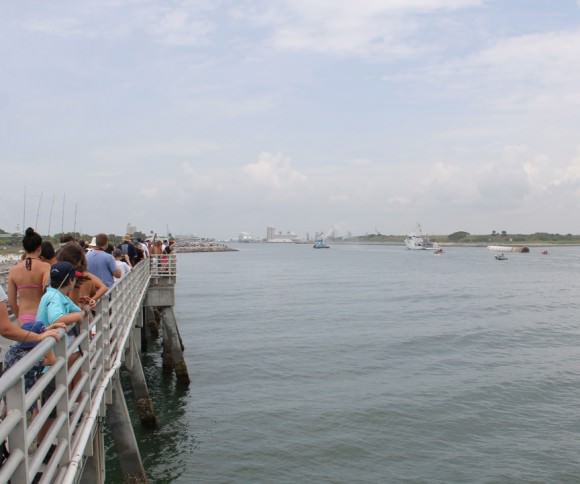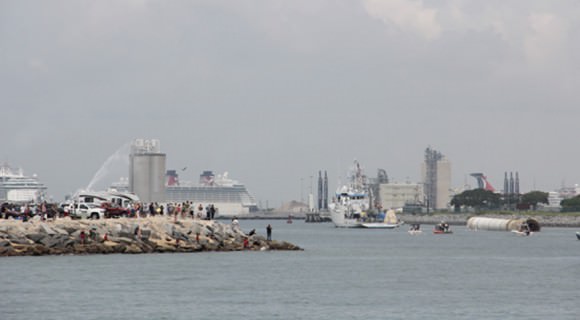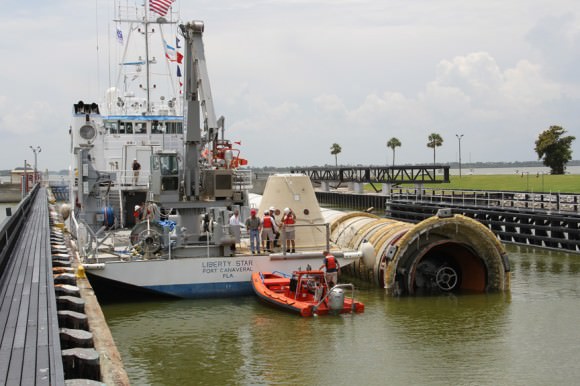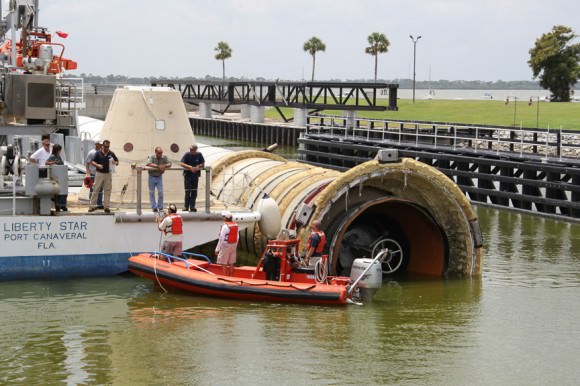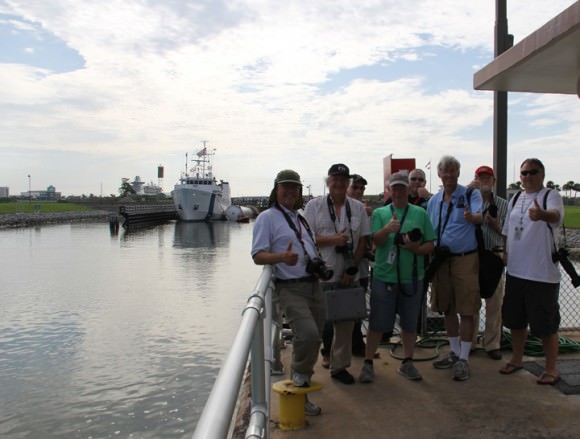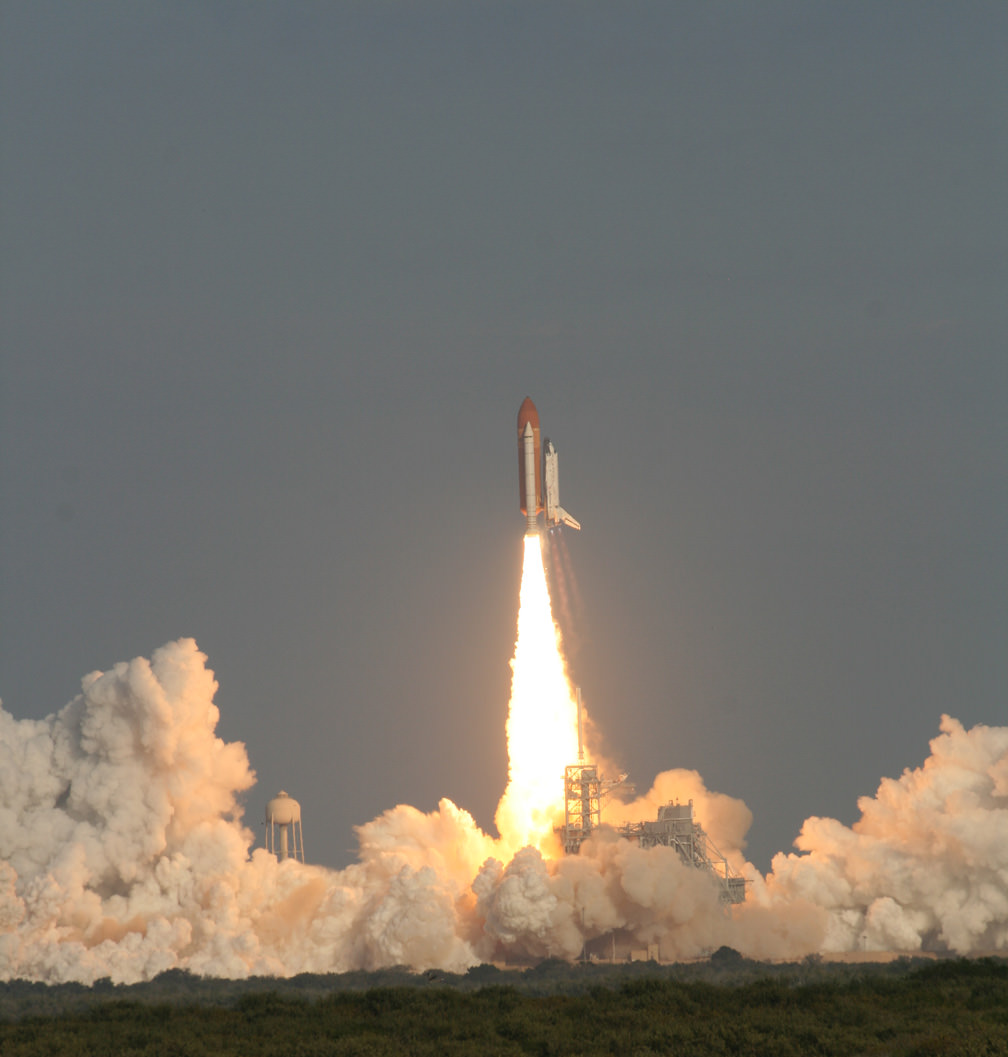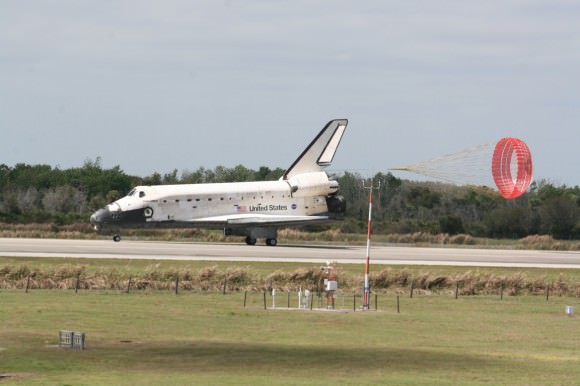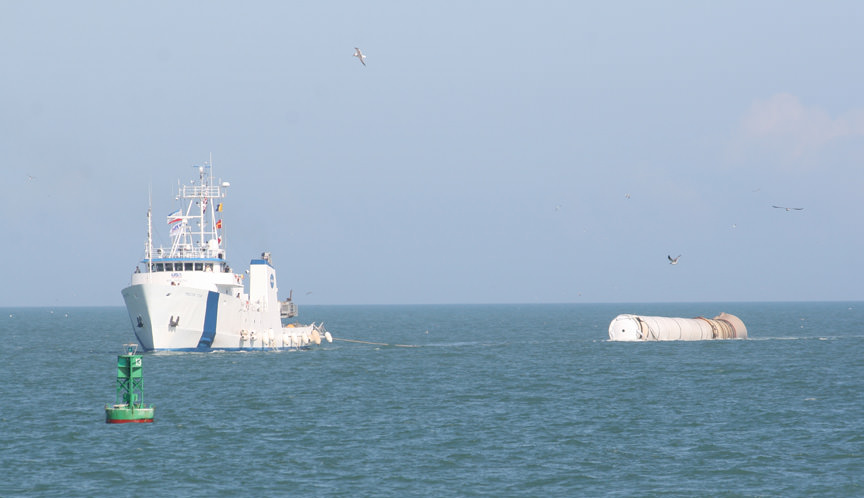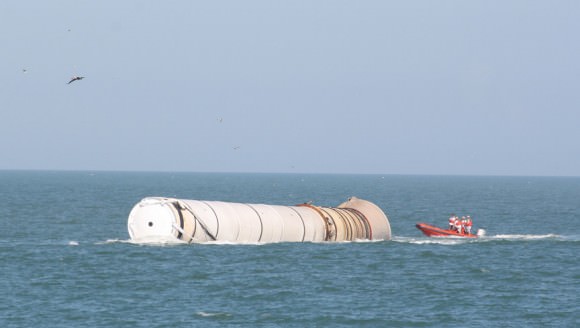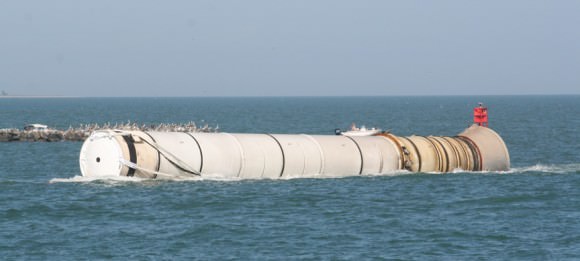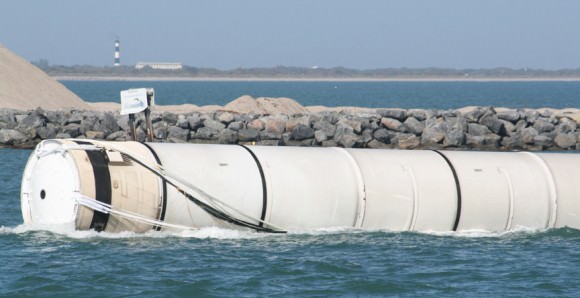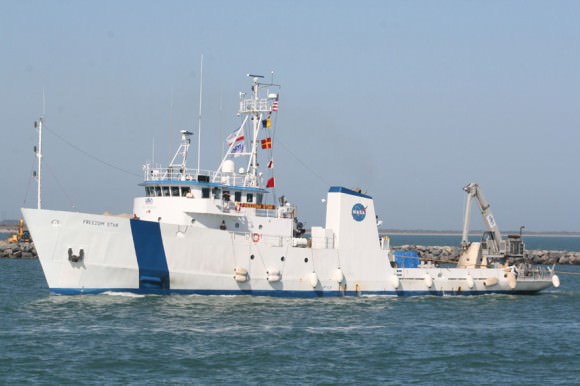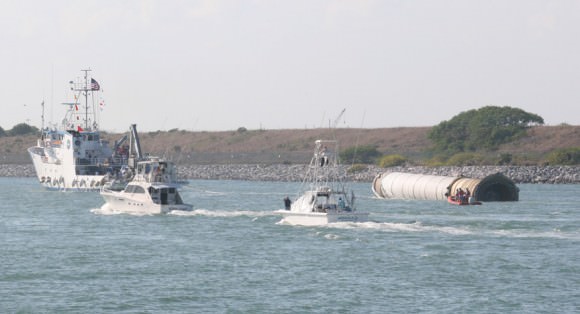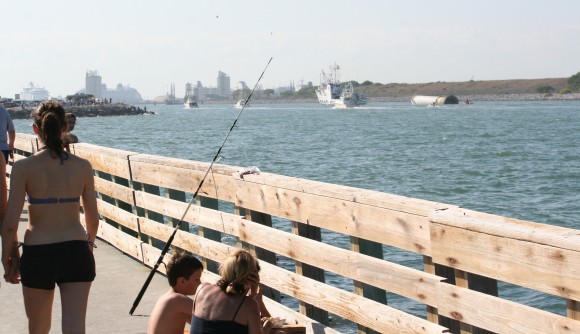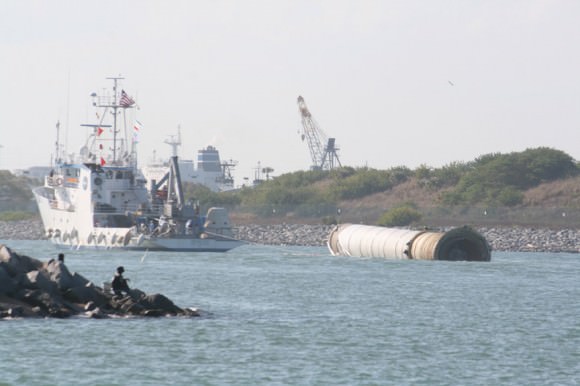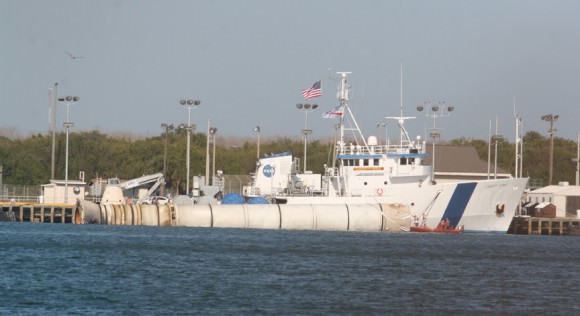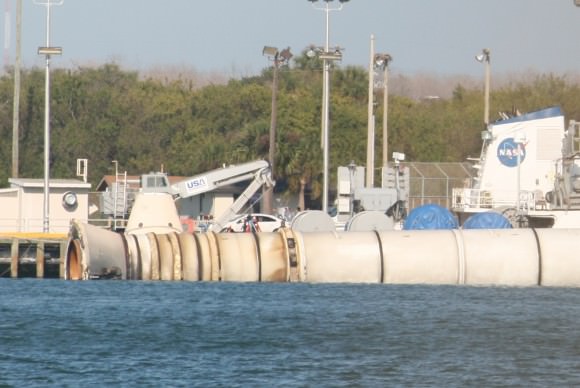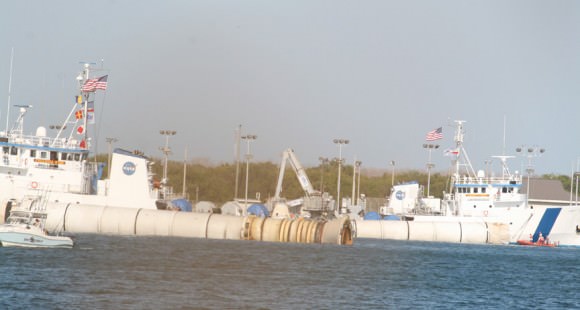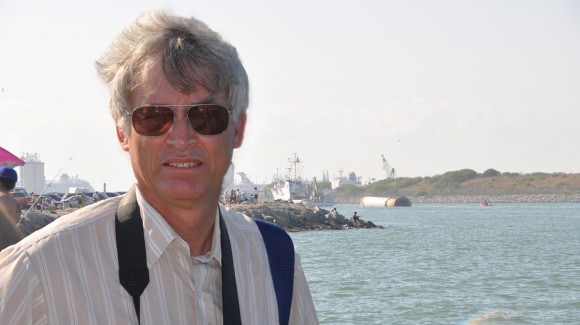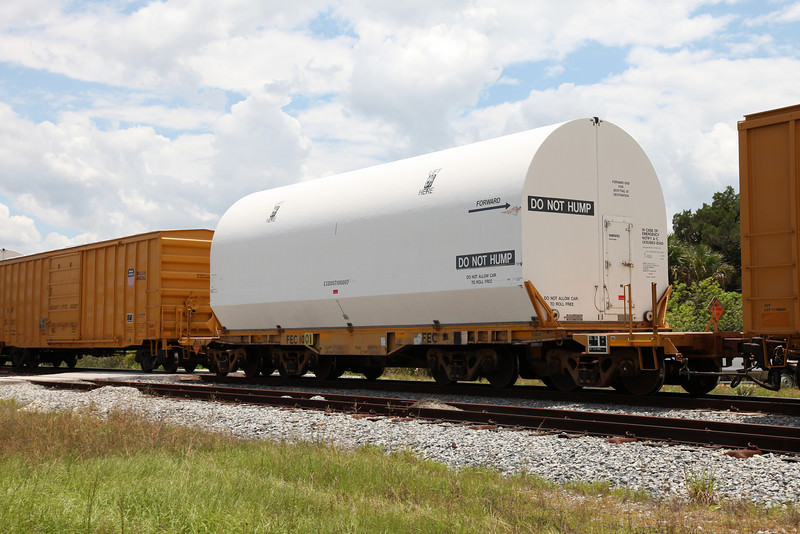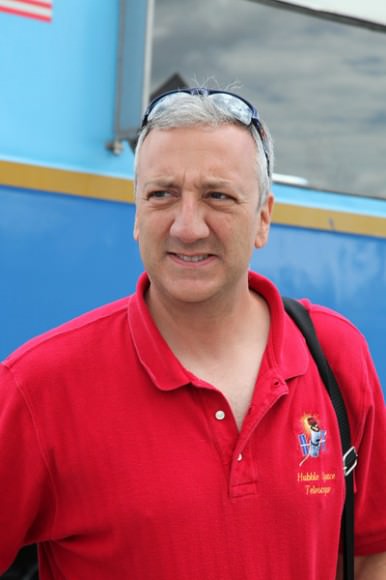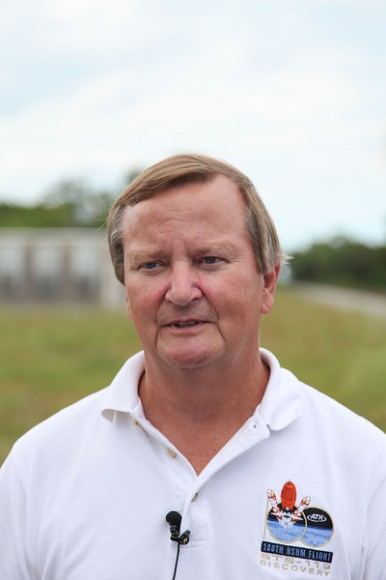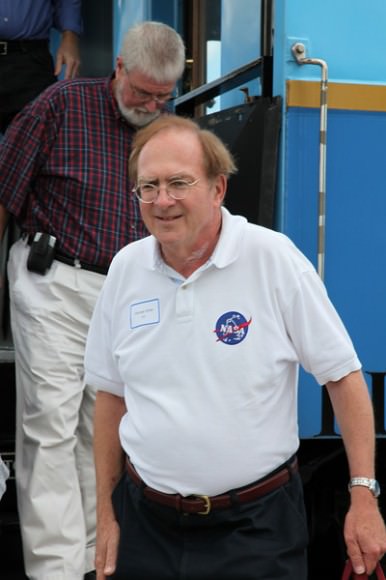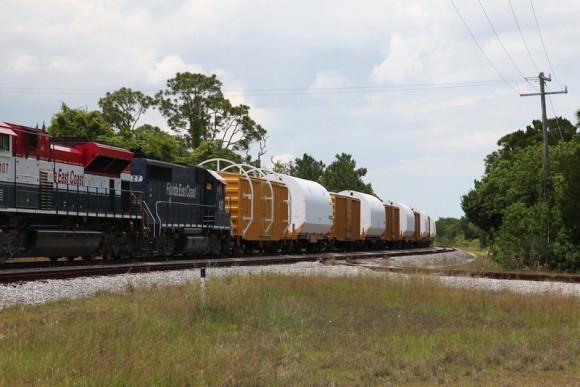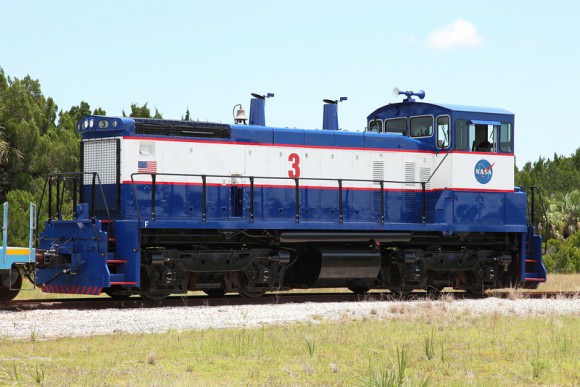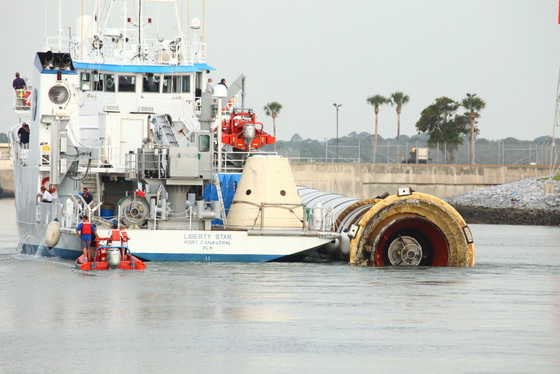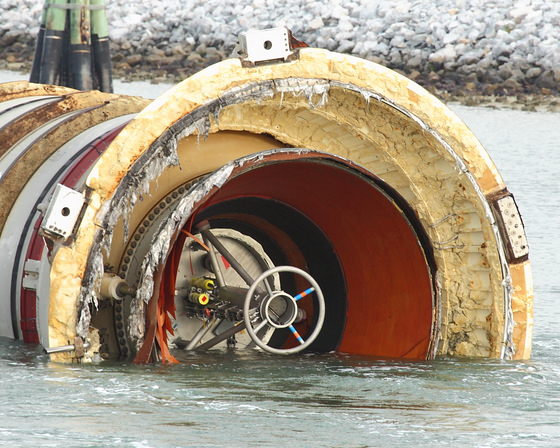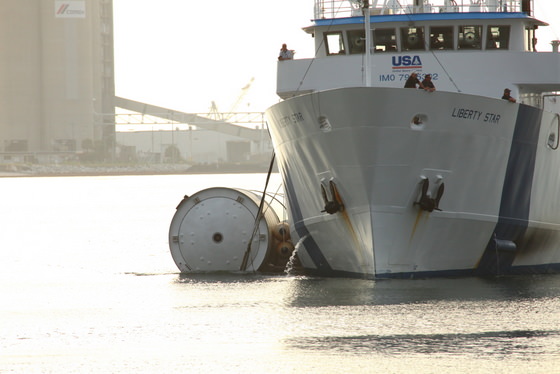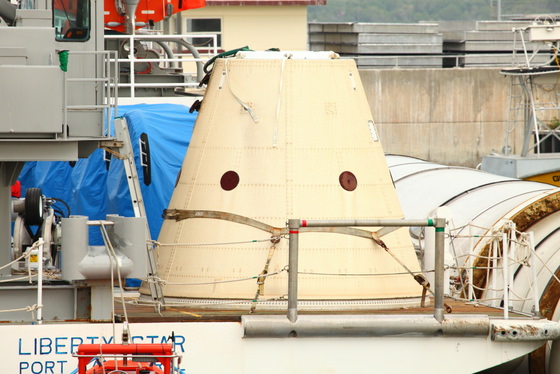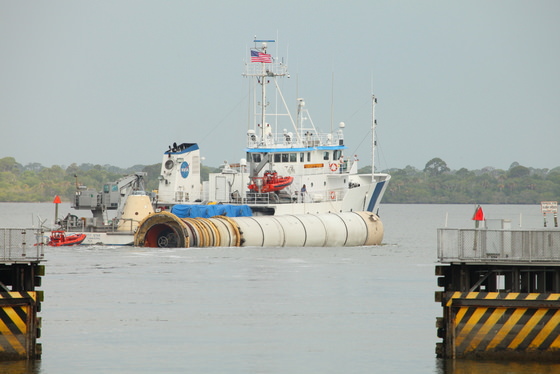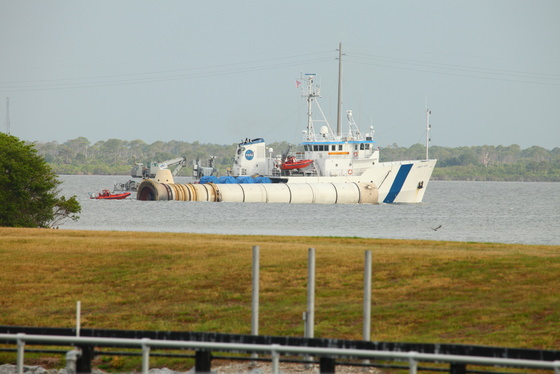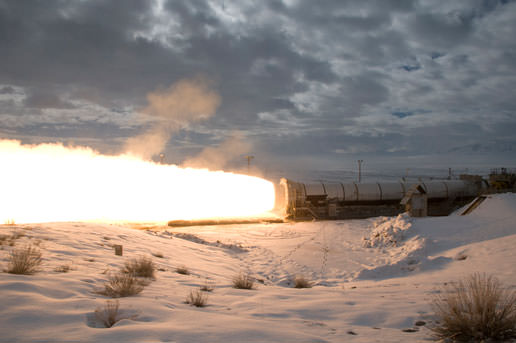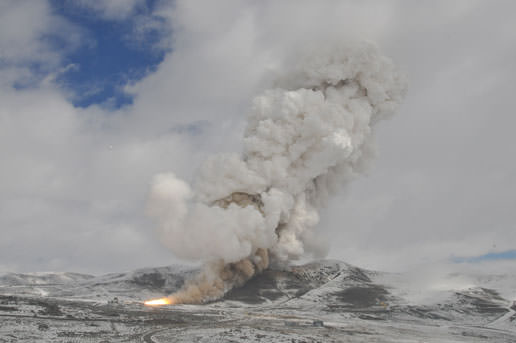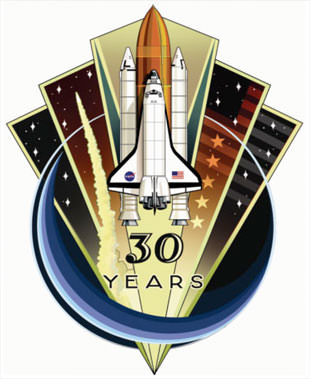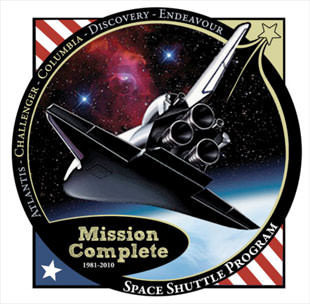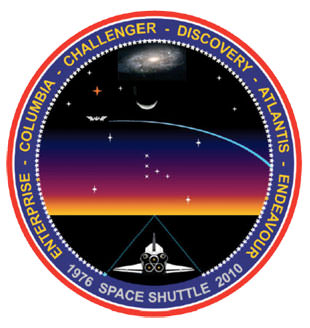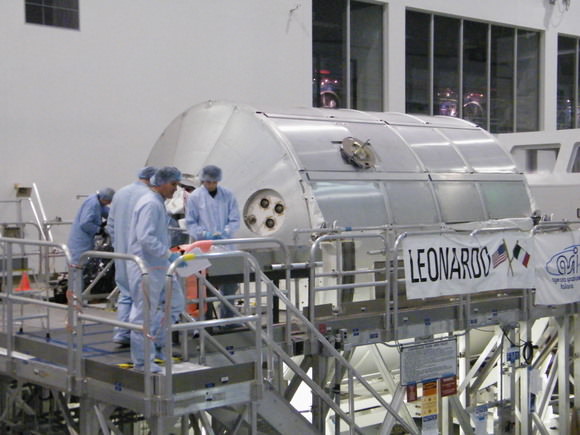All systems are go for the inaugural ground test firing on March 11 of the world’s most powerful solid rocket booster ever built that will one day power NASA’s mammoth new Space Launch System (SLS) heavy lift rocket and propel astronauts to deep space destinations.
The booster known as qualification motor, QM-1, is the largest solid rocket motor ever built and will be ignited on March 11 for a full duration static fire test by prime contractor Orbital ATK at the newly merged firms test facility in Promontory, Utah.
Ignition of the horizontally mounted motor is planned for 11:30 a.m. EDT (9:30 a.m. MDT) on Wednesday, March 11 on the T-97 test stand.
The test will be broadcast live on NASA TV.
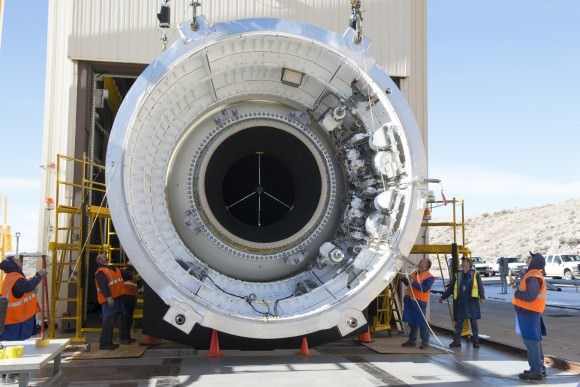
The two minute long, full duration static test firing of the motor marks a major milestone in the ongoing development of NASA’s SLS booster, which is the most powerful rocket ever built in human history.
The 5-segment booster produces 3.6 million lbs of maximum thrust which equates to more than 14 Boeing 747-400s at full takeoff power!
The new 5-segment booster is directly derived from the 4-segment booster used during NASA’s three decade long Space Shuttle program. One segment has been added and therefore the new, longer and more powerful booster must be requalified to launch the SLS and humans.
A second test is planned a year from now and will qualify the boosters for use with the SLS.
Teams of engineers, operators, inspectors and program managers across Orbital ATK’s Flight Systems Group have spent months getting ready for the QM-1 test. To prepare they started countdown tests on Feb 25.
“The crew officially starts daily countdown test runs of the systems this week, at T-15 days,” said Kevin Rees, director, Test & Research Operations at Orbital ATK.
“These checks, along with other test stand calibrations, will verify all systems are ready for the static test. Our team is prepared and we are proud to play such a significant role on this program.”
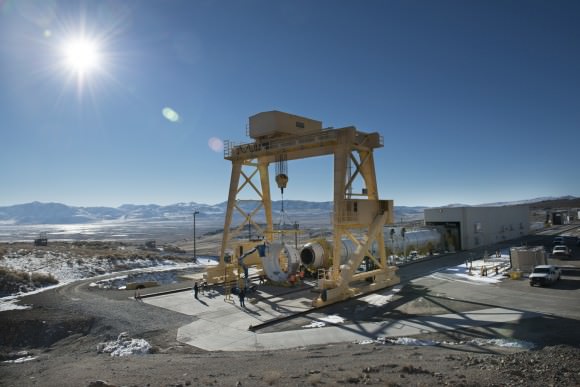
The QM-1 booster is being conditioned to 90 degrees and the static fire test will qualify the booster design for high temperature launch conditions. It sits horizontally in the test stand and measures 154 feet in length and 12 feet in diameter and weighs 801 tons.
The static fire test will collect data on 103 design objectives as measured through more than 534 instrumentation channels on the booster it is firing.
The second booster test in March 2016 will be conducted at lower temperature to qualify the lower end of the launch conditions at 40 degrees F.
The first stage of the SLS will be powered by a pair of the five-segment boosters and four RS-25 engines that will generate a combined 8.4 million pounds of liftoff thrust.
The SLS is designed to propel the Orion crew capsule to deep space destinations, including the Moon, asteroids and the Red Planet.
The maiden test flight of the SLS is targeted for no later than November 2018 and will be configured in its initial 70-metric-ton (77-ton) version with a liftoff thrust of 8.4 million pounds. It will boost an unmanned Orion on an approximately three week long test flight beyond the Moon and back.
NASA plans to gradually upgrade the SLS to achieve an unprecedented lift capability of 130 metric tons (143 tons), enabling the more distant missions even farther into our solar system.
The first SLS test flight with the uncrewed Orion is called Exploration Mission-1 (EM-1) and will launch from Launch Complex 39-B at the Kennedy Space Center.
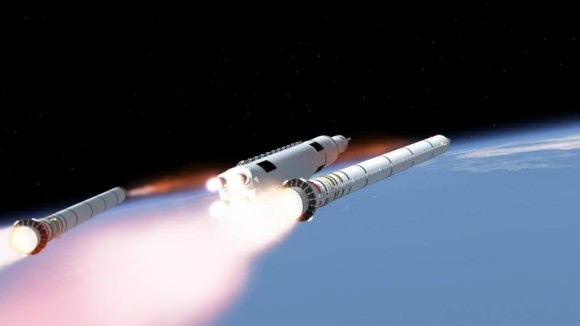
Orion’s inaugural mission dubbed Exploration Flight Test-1 (EFT) was successfully launched on a flawless flight on Dec. 5, 2014 atop a United Launch Alliance Delta IV Heavy rocket Space Launch Complex 37 (SLC-37) at Cape Canaveral Air Force Station in Florida.
Orion’s inaugural mission dubbed Exploration Flight Test-1 (EFT) was successfully launched on a flawless flight on Dec. 5, 2014 atop a United Launch Alliance Delta IV Heavy rocket Space Launch Complex 37 (SLC-37) at Cape Canaveral Air Force Station in Florida.

Stay tuned here for Ken’s continuing Earth and Planetary science and human spaceflight news.
. ………….
Learn more about MMS, Mars rovers, Orion, SpaceX, Antares, NASA missions and more at Ken’s upcoming outreach events:
Mar 9-11: “MMS, Orion, SpaceX, Antares, Curiosity Explores Mars,” Kennedy Space Center Quality Inn, Titusville, FL, evenings
